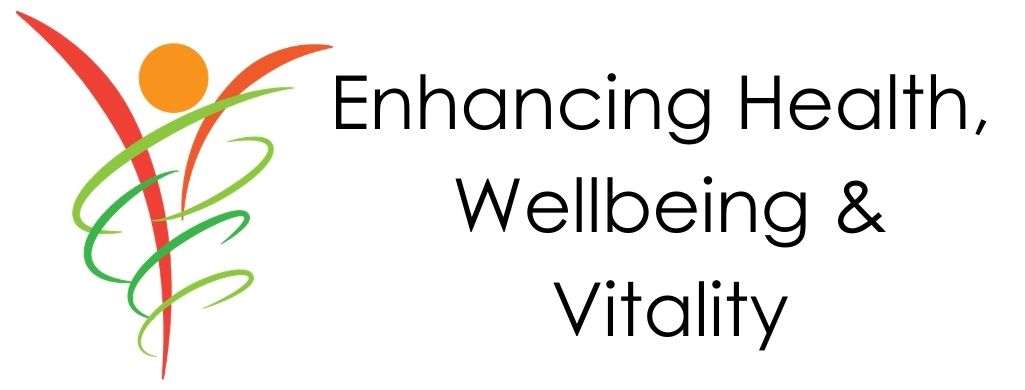STAYING UPRIGHT
| As we age, risk factors for falls increases due to the normal ageing process. Some of these changes include a person’s general health, vision, anxiety of falling, medication, reduction in strength and muscle mass.  |
| THE FIVE E’S OF FALLS PREVENTION Improving effectiveness at reducing the risk of fall and injury related to falls. 1. Environment: Take a look around the home in each room and remove any hazards that may be a falls hazard  2. Exercise: Exercise is a fantastic way to reduce risks, in fact, the more we exercise the better our strength and balance will become! 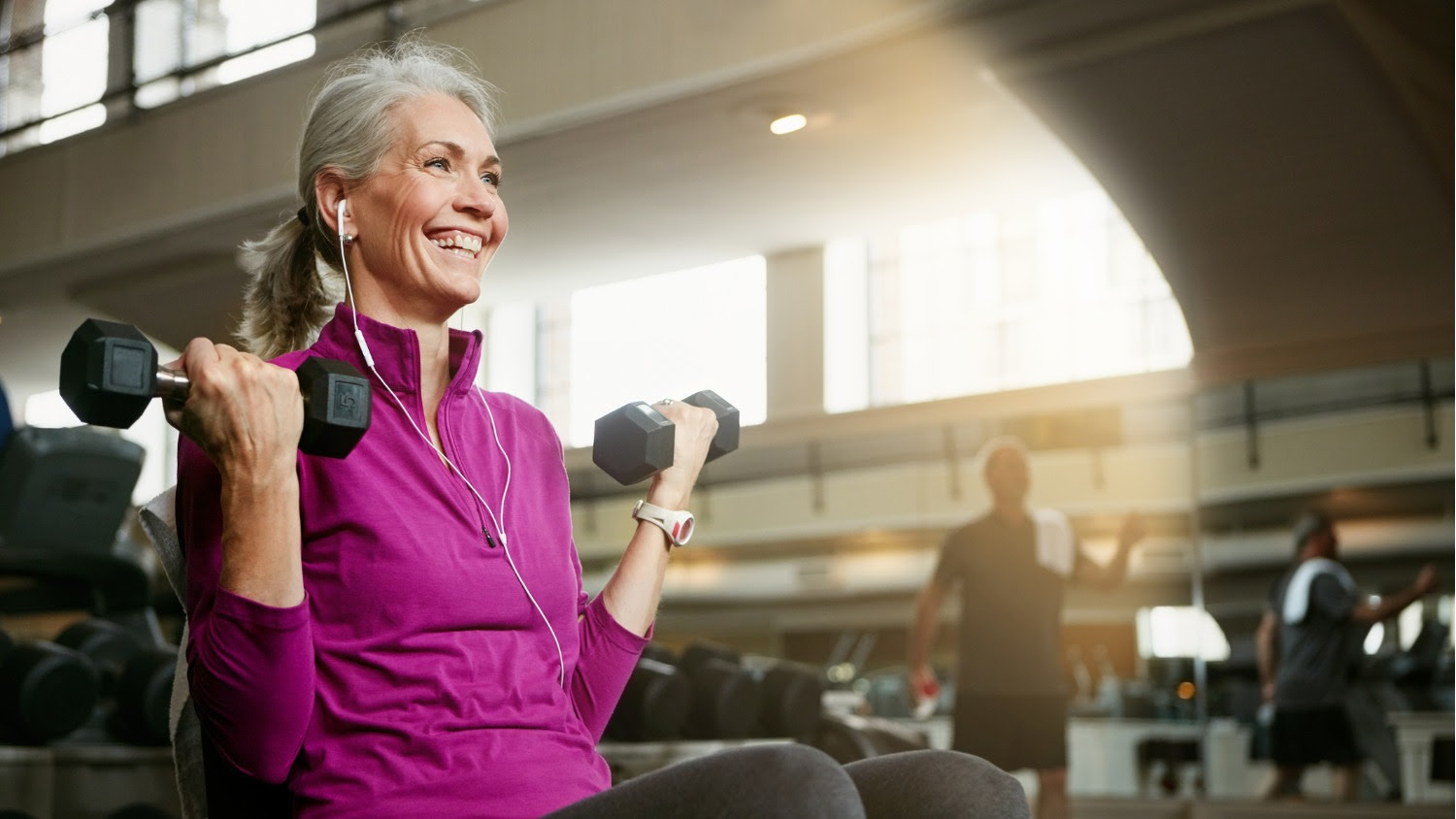 3. Eyes ‒ Have an annual eye test to monitor for any visual changes including cataracts and other eye or vision changes 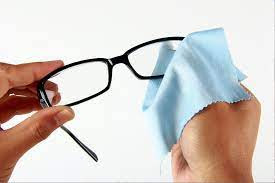 4. Ears ‒ Hearing loss has been associated with an increased risk of falls. 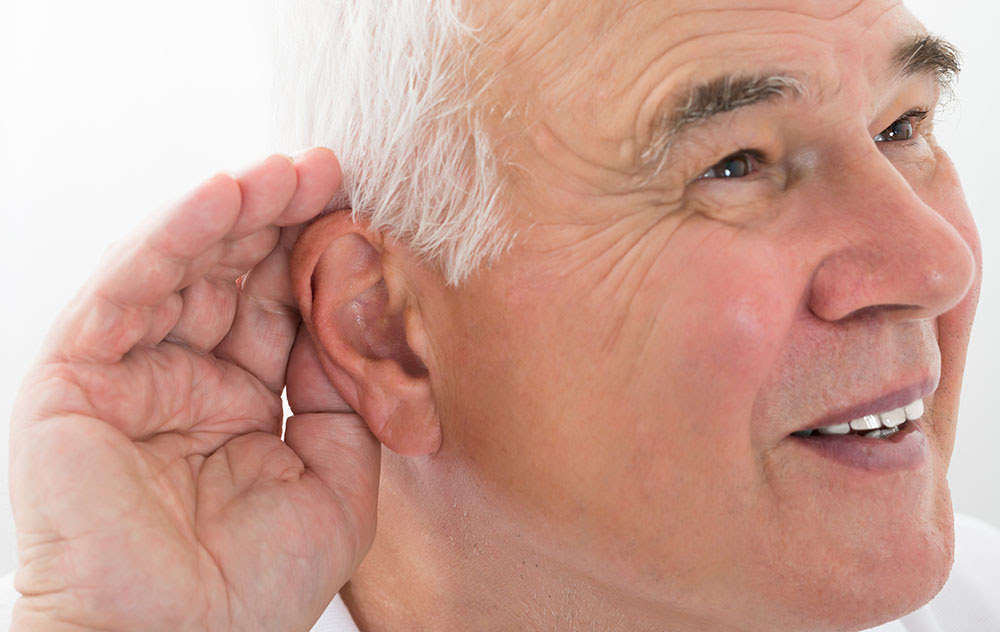 5. Education ‒ A great way to reduce risk is to educate yourself on all the steps you can take to improve your own safety. This could be attended education talks and seminars or even understanding what medication you are taking. Medication causes adverse reactions to your balance, vision or hearing so learn about this through talking to your GP or Pharmacist.  HOW TO IMPROVE YOUR BALANCE Exercising can help prevent falls because it strengthens muscles and adds flexibility to them. Exercise improves balance and helps with endurance – extending the time an individual can be active. Here are eight exercises, which can be done almost anywhere, that can help improve balance. Be sure you have something solid to hold on to when you begin. As you get more proficient, you can let go and balance without support. Move slowly and easily and don’t hold your breath! Do each of these exercises about 10 times two or more days a week. Check with your doctor before starting an exercise program to be sure these are right for you. 1. Balance on one foot. Simply raise one foot off the floor a bit while holding on to a grab bar or kitchen counter.  2. Sit down and stand up without using your hands  3. To make your calves and ankle muscles stronger: hold on to the back of a chair or a counter. Keep your back straight and rise up onto the balls of your feet (toes) as high as you can. Then, slowly lower your heels to the floor.  4. To strengthen your lower back muscles and buttocks, hold onto a solid support with your back straight and your feet shoulder-width apart. Slightly lift one leg straight back behind you. Slowly lower that leg back to a standing position. Repeat with other leg.  5. To strengthen thigh muscles, sit in a straight-back chair with feet on the floor. Straighten one leg out in front, lift leg, and then slowly lower leg back down. 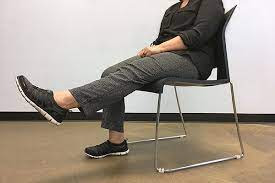 6. Stretch the back of your leg by sitting in a straight-back chair and putting one foot on a low stool in front of you. Straighten the leg with the foot on the stool and reach your hand toward that foot. Hold for about 10-20 seconds and then sit back. Repeat with the other foot. 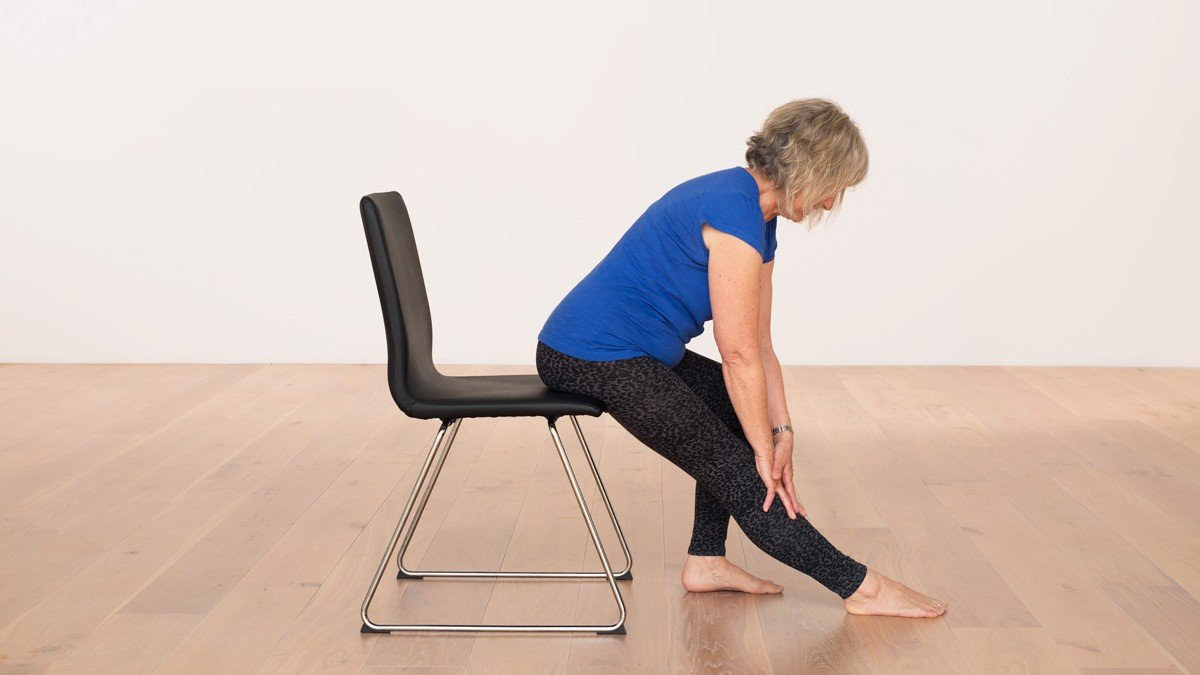 7. Stand on one foot and walk heel to toe in a straight line with one foot in front of the other.  8. Stand straight, holding on to a support and raise one leg to the side. Hold and return foot to floor. Repeat with other leg.  Other Balance-Improving Activities: Walking is a great way to increase balance and improve strength and endurance. Pilates is a tailored effective regime exercise that helps adults to develop and improve balance. Resistance exercise is also another way to keep muscles strong and improve overall balance ability. Enhancing balance skills requires a personalised approach in order to safely and progressively challenge one’s balance. It should be part of an overall exercise plan and health management approach. |
